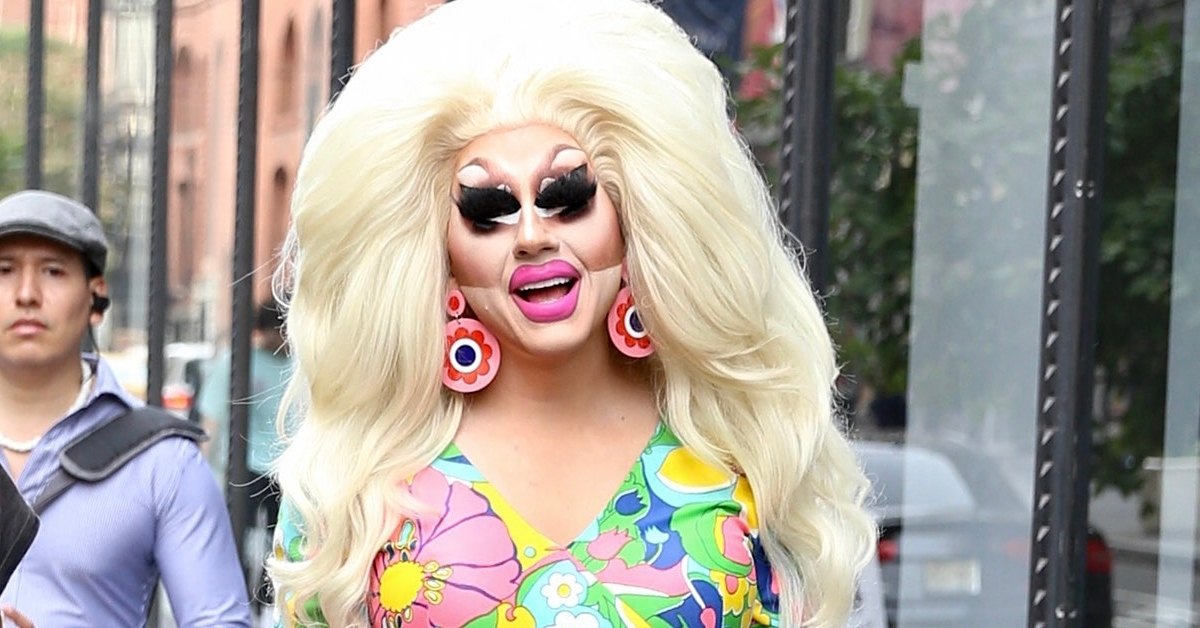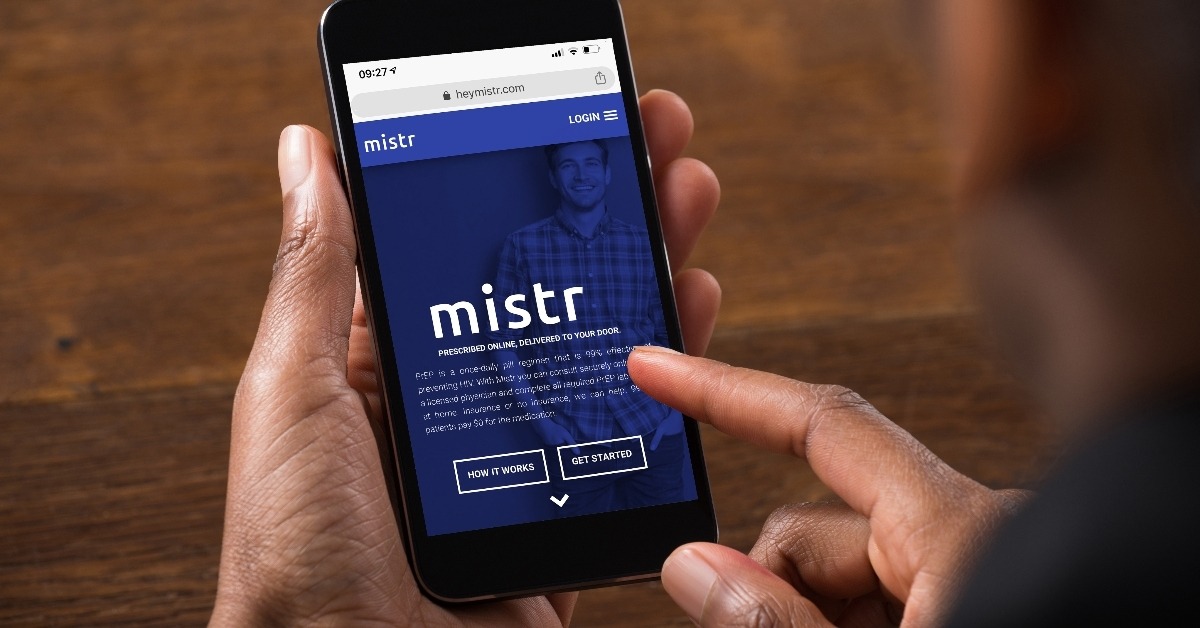Decoding 7 Pride Flags: A Look at LGBTQIA+ Symbols and Their Histories
When you think of a flag, the first thing that probably comes to mind is a symbol representing a country or a state. But the LGBTQIA+ community also uses pride flags as powerful symbols of identity. These vibrant banners are more than just colorful cloth; they are declarations of existence, solidarity, and the spectrum of [...] Read More... from Decoding 7 Pride Flags: A Look at LGBTQIA+ Symbols and Their Histories The post Decoding 7 Pride Flags: A Look at LGBTQIA+ Symbols and Their Histories appeared first on LOVEBSCOTT.


When you think of a flag, the first thing that probably comes to mind is a symbol representing a country or a state. But the LGBTQIA+ community also uses pride flags as powerful symbols of identity. These vibrant banners are more than just colorful cloth; they are declarations of existence, solidarity, and the spectrum of identities within the community.
From the iconic rainbow flag that you’ll see at every party to lesser-known flags like the bisexual or transgender pride flags, each emblem represents a facet of the dynamic LGBTQIA+ community. Let’s explore seven pride flags that represent each letter of the LGBTQIA+ acronym.
LGBTQIA+ Flag Guide
1. Lesbian Pride Flag (2018)

The Lesbian Pride Flag consists of seven horizontal stripes with shades ranging from dark orange to white and dark pink, symbolizing gender non-conformity and various aspects of womanhood. This flag celebrates lesbian identity and pride.
2. Gay Pride Flag (1979)

Often called the Rainbow Flag, the original Gilbert Baker Pride Flag commissioned by Harvey Milk featured nine vibrant stripes: hot pink, red, orange, yellow, green, turquoise, indigo, and violet. Each color represents a different aspect of the community: life, healing, sunlight, nature, serenity, and spirit.
However, in 1979, after Milk’s assassination, the hot pink was removed due to production issues, and the turquoise was also stripped. Now, we have the six-color pride flag, which is considered the traditional holiday and most well-known gay pride flag.
3. Bisexual Pride Flag (1998)

The Bisexual Pride Flag includes three stripes: pink, purple, and blue. The pink represents attraction to the same sex, the blue represents attraction to different genders, and the purple signifies a blend of both, reflecting bisexual identities.
4. Transgender Pride Flag (1999)

The Transgender Pride Flag is a five-striped flag designed by Monica Helms. It includes light blue, pink, and white stripes, representing traditional colors for baby boys and girls, and white for those transitioning or identifying as non-binary or gender-neutral.
5. Genderqueer Pride Flag (2011)

The “Q” stands for queer or questioning, which the Gender Queer flag can be a representation of. Marilyn Roxie created this flag for non-formative gender identities. This flag consists of three horizontal stripes, each chosen color representing different aspects of gender identity.
Lavender is a mix of pink and blue, traditional colors for girls and boys, symbolizing androgyny or simply queerness. The white stripe represents agender identities, those who feel gender-neutral or have no gender. The chartreuse green, the inverse of lavender, stands for third-gender identities or those outside the traditional male-female dichotomy.
6. Intersex Pride Flag (2013)

Created by Morgan Carpenter in its current form, the Intersex Pride Flag features a yellow background with a purple circle in the center. These colors were chosen as they do not represent traditional gender binaries, symbolizing intersex individuals’ unique identities.
7. Asexual Pride Flag (2010)

The Asexual Pride Flag has four horizontal stripes: black, gray, white, and purple. Black stands for asexuality, gray for gray asexuals and demisexuals, white for allies, and purple for the community itself, representing the asexual spectrum.

Other Pride Flags
Now, the spectrum of pride flags goes well beyond those representing each letter of the LGBTQIA+ acronym. For example, the New Progress Pride, redesigned in 2017, includes black and brown stripes for the proud representation of black and brown community members. There is also a flag for allies to the queer community.
True to character, these numerous LGBTQ+ pride flags lend to the spirit of inclusivity within and around the community.
Which LGBTQIA+ flag represents your identity? Comment below!
The post Decoding 7 Pride Flags: A Look at LGBTQIA+ Symbols and Their Histories appeared first on LOVEBSCOTT.












